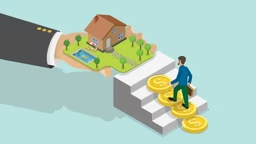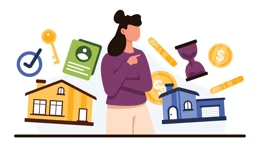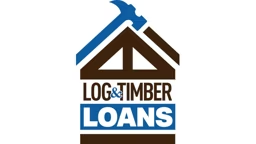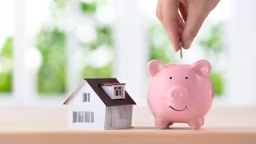
To offer a little guidance, log home producers suggest that the cost of completing your home will be a multiple of the cost of your home package (this can vary from three, four or five times the cost of the package). However, these multiples aren't an accurate way to predict pricing, simply because they don't factor in your personal taste in options and amenities, not to mention the particulars of your project (design, location, type of log construction and local labor costs). But don't despair. You can pinpoint a price for your dream home if you do your homework and follow these strategies.
1. Pick a Site
Land will be a significant portion of your budget. Plus, the type of land, the terrain, the height of the trees, the foliage and the hills surrounding your new home will influence the type of design you choose. Other land issues to consider: slope, soil conditions, accessibility and zoning.
2. Decide on a Design
This means choosing a log profile, corner style and sealing system. Once you've made these decisions, you'll have to choose a floorplan that works for your family.
3. Choose a Producer
Compare and contrast the packages and bids from several companies. You'll also want to look beyond the cost of the log home package and compare quality, quantity and service of each producer before making your decision.
4. Pick a Lender
Look for lenders that have experience with log homes. They can point out problem areas that other lenders might overlook and can save you thousands of dollars in closing costs.
See also What is a Log Home Package?
5. Pick a Builder
You have three options—professionally built, owner-contractor or owner-builder. The degree of difficulty and the risk increases with your involvement in the process. Doing work yourself saves money but using a professional builder is often the easiest option—especially for determining an exact price.
6. Select Options & Amenities
This process is referred to as "material specification," where you'll choose everything from roof system, foundation and type of driveway to interior amenities such as plumbing, electrical fixtures and appliances. There's a wide spectrum of products available to you, so comparison shop for every item that goes into your home.
7. Determine Local Labor Costs
Aside from location, there are a host of variables that impact labor costs, including the time of year you're building and access to tools and talented craftsmen. More upscale amenities and materials can also drive up the price.
8. Don't Make Changes
Making changes during the construction process (known as change orders) usually come with high price tags, which can substantially increase your home's cost. Also, your mortgage company bases its loan on your plans, so to make last minute changes means going through the approval process again, meaning more money and time.
9. Beware: Delays Increase Costs
There are a number of factors that will delay any project including bad weather and lack of talented labor. So have a contingency plan for each of your home's subcontractors and give yourself ample time on your construction-loan schedule.
10. Tabulate Taxes
Taxes vary based on sale price, assessed value and duration of ownership. To find out how your property taxes are calculated, visit your state's tax board web site.
See also Your Guide to Log Home Foundations






_11868_2024-09-17_08-44-256x288.avif)




